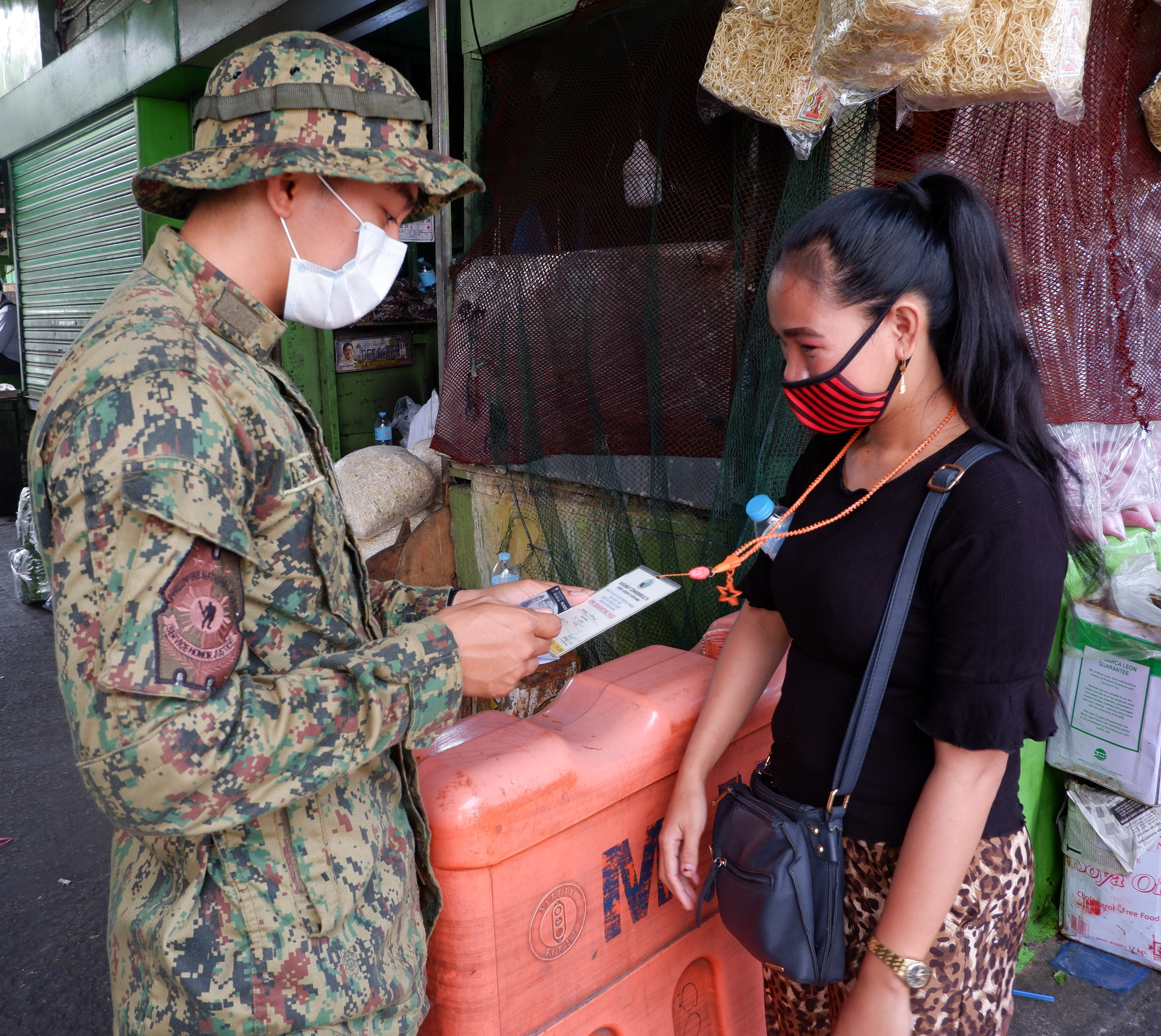
The researchers from the University of the Philippines (UP) says that lifting the Enhanced Community Quarantine (ECQ) prematurely on May 15 could spike up the cases and the number of deaths in Metro Manila at a higher rate in just a month.
Spearheaded by fellows from OCTA research firm UP Mathematics professor Guido David, UP Political Science professor Ranjit Singh Rye, and Maria Patricia Agbulos, the research stated that the cases could reach up to 24,000 and may result to 1,700 deaths by June 15.
“Our data suggest that a premature relaxation of the ECQ in the NCR (National Capital Region) may result in an escalation of 24,000 cases and 1,700 deaths by June 15, 2020,” the professors said in their published “COVID-19 Forecasts in the Philippines: Sub-national models for NCR and other selected area.”
The researchers are urging the national government to extend the enhanced community quarantine in several areas including Metro Manila to avoid facing another surge of local transmission of the coronavirus disease (COVID-19).
“It is in this light, that we exhort the government to reconsider its plan of relaxing the ECQ for selected cities within Metro Manila,” said the report.
“Based on our data, if the ECQ is lifted prematurely, we will be faced with another wave or a surge in transmissions that is certain to squander our gains forcing us to make further costly interventions and increasing the total economic cost and the number of lives lost,” they said.
Using mathematical analysis, the researchers used available data from the Department of Health (DOH) and calculated the epidemiological reproduction number, or the average of new cases to originate from one case. Using the average reproduction number, the researchers were able to plot a forecast of the possible number of new cases for June 15.
The data also shows that localized analysis of the pandemic was effective in some areas due to the ECQ, but other areas have recent surges which affected the overall total of confirmed cases in the Philippines. The data says that “there had been gains” during the ECQ.
“The goal is to sustain these gains until such time that it has scaled up and rolled out its programs and its initiatives for mass testing, contact tracing and isolation of infective individuals,” said the study.
The study also said that the seven-week community quarantine was effective in reducing transmission of the virus and lifting the ECQ too early without flattening the curve may be counterproductive.
“Ending the ECQ prematurely may disrupt the flattening of the curve. There are possible rebound effects and increase in transmissions. Since the curve is close to flattening, it is advisable to wait until the curve has flattened before the ECQ is lifted,” the study read.
The researchers also urged the national government to start mass randomized testing and effective contact tracing to help determine the actual number of cases and control the spread of COVID-19. They also said that supplying sufficient health facilities, equipment, and isolation areas to deal with COVID-19 cases and other diseases in the area can help to control the disease further.
“Asymptomatic cases, if not diagnosed, may still interact with the general population and potentially spread COVID-19. There is the danger that asymptomatic cases may act as super spreaders of Covid-19,” the study said.
As of Monday, May 11, COVID-19 cases in the Philippines have exceeded 11,000, with the death toll at 726 and 75 new recoveries; bringing the number of those who survived the viral disease to 1,999.